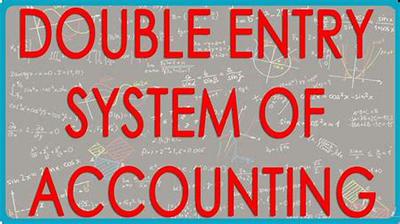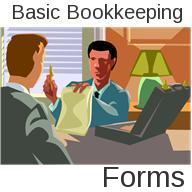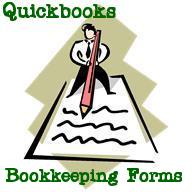- Home
- Questions and Answers
- Rent Payment Debit
Double Entry Accounting Bookkeeping Question
by Eunice
(Manchester UK)
In double entry, why do we enter the wages paid by cheque into the credit section of the Bank Account and not the wages paid in cash?
Comments for Double Entry Accounting Bookkeeping Question
|
||
|
||
Double Entry Payroll
by Deanna
(Chicago)
I've noticed I have been double entering a payroll check through General Ledger and Accounts Payable.
The Direct Labor account was getting debited twice and the Accounts Payable account was getting credited twice.
In order for the company to pay a net check out of bank account it needs to be booked out of checking account ( CR) and Debited into Direct Labor.
When I write the check it gets posted as Debit Direct Labor Credit Checking.
In order to post the direct deposits and gross income into the appropriate accounts I will need the net checks also to be in the spreadsheet that gets entered into general ledger once a week.
How do I avoid the double entry into direct labor and accounts payable without offsetting the checking account?
Thank you,
Deanna
Comments for Double Entry Payroll
|
||
|
||
Double Entry Refund
by Owusu Tuffour Silas
(Ghana)
How will refund rate be shown in the double entry bookkeeping?
Comments for Double Entry Refund
|
||
|
||
Double Entry Format
I drew a cheque for 500 pounds and recorded it in the cash account. Is this the correct way to handle the transaction in double-entry bookkeeping?
Comments for Double Entry Format
|
||
|
||
Rent Payment Debit
by maham
(kuwait)
What account would be debited when letting out part of the premises and receiving rent by cheque for $75?
Comments for Rent Payment Debit
|
||
|
||
Please subscribe to my monthly newsletter, Bookkeeping Basics E-zine. It tells you every month about the new information that I have added, including some great tips and advice from myself and other Bookkeeping Basics readers.
Like Bookkeeping-Basics.net?
- Home
- Questions and Answers
- Rent Payment Debit














